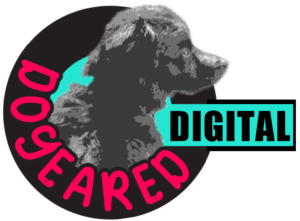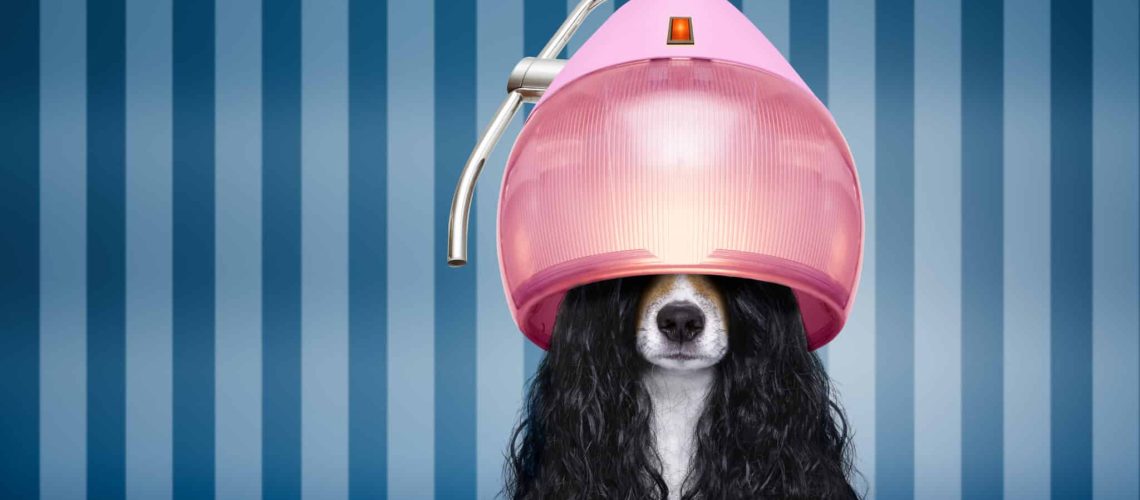Think of your aspirational brand account. Are they funny like Wendy’s? Daring like Liquid Death? Sleek like Rolls Royce? Whoever they are, you can probably recognize their tone from a mile away. So what if one day you found a Rolls Royce post littered with emojis and internet slang? Or suddenly Wendy’s is posting nothing but glossy product photos? At best you’d be confused. At worst, you’d lose trust in the brand.
Content style does more than help a brand be recognizable. An impactful content style guideline allows your unique brand personality to shine through everywhere you interact with customers and clients. Just like you wouldn’t want to be around a person whose personality, tone, and values seemed to either shift every time you saw them, people don’t want to build relationships with brands that are inconsistent in the ways they communicate.
That’s where your content style guidelines come into play. They provide the guardrails to keep your messaging on track across teams, channels, and mediums. But what exactly should you include to make them actionable? And how do you bring them to life in your communications? Let’s break it down.
Defining Content Style Guidelines
Defining how your brand chooses the words it uses to represent itself across channels and content forms the foundation of your content style. Content guidelines serve to align teams on using language that brings your brand voice to life.
Putting in the effort to write a thoughtful content style guideline provides standards for word choice, tone, grammar, formats, and channel-specific best practices. It ensures your brand speaks clearly and consistently wherever it shows up.
When you’re putting together your content guideline, you should define these key components:
Voice and Tone
- The attributes of your brand’s personality and speaking style, such as casual, academic, humorous, or enthusiastic.
- Example: A lifestyle brand may adopt a casual, conversational tone, while a medical device company would opt for a more academic style.
- How tone may shift appropriately based on the audience, channel, and context. Typically, the tone may be more casual and conversational on social channels than in magazine ads.
- The point of view your brand communicates from, including perspective and word choice. Brands with a more friendly style may refer to their audience as “you”, whereas academic brands might stick to third person.
Terminology
- Industry-specific terms and vocabulary preferred when discussing your products, services, or processes.
- Example: A software company would outline the appropriate terms to use for features like dashboards, APIs, integrations, etc.
- A lexicon of brand-specific language and definitions, like a glossary of common abbreviations or acronyms. If new followers or subscribers might be thrown off by a term central to your brand, make sure to include it here.
- Guidance on embracing certain language while avoiding other language not aligned to brand values.
Grammar and Mechanics
- The overarching style guide your brand adheres to, like AP Style or Chicago Manual. The general rule of thumb is that academic or literary brands use AP style, whereas more creative consumer brands use Chicago Manual.
- Rules for grammar, punctuation, capitalization tailored to your brand’s preferences.
- Example: A brand that sticks to a conversational style may prefer writing out percent rather than using the % symbol.
- Standards for stylistic mechanics like acronym and numeral usage. Clue in your marketing team as to when to define an acronym and which numbers (if any) should be spelled out.
Formats
- Guidelines for preferred styles of headlines, calls-to-action, captions, etc.
- Example: A brand may have blue H1 tags, orange H2 tags, links underlined, etc.
- Suggested structures for different content types, such as email templates, blogs, social media posts.
- Example: Blog intros should have a question headline, 2-3 line teaser, and 150 word introduction paragraph that outlines the rest of the post.
Content Channel Best Practices
- Custom guidance tailored to regularly used communications channels such as blog posts, social media, digital ads, emails, etc.
- Example: Blog posts should be 600-1,000 words and should have a clear opinion on an industry-specific issue. Social media should always have a graphic in brand colors, captions should be under 280 characters, and posts should aim to entertain.
- Adaptations of voice, tone, grammar, and mechanics based on channel.
- Example: Blog posts should be 600-1,000 words with an opinionated slant. Social media posts should be under 280 characters and focused on engagement.
Pulling together the voice, tone, grammar, formats, and channel tips into a handy guidebook does wonders for your brand. Not to mention how much easier it makes bringing on new marketers as your business grows. Instead of answering late-night texts asking about word counts and citations, just send over the content style guidelines. In the blink of an eye, you’ll have everyone speaking the same language.
Real-World Examples
Prefer to learn by example? Let’s take a look at some successful brands who’ve published their own content guidelines:
Mailchimp – Mailchimp’s Voice and Tone guide perfectly captures the brand’s quirky, conversational style with examples for different channels and platforms.
Yokel Local – Yokel Local’s extensive style guide focuses on tricky spellings and word choices.
Shopify Polaris – Shopify’s Polaris content guidelines offer detailed best practices tailored specifically for different content mediums.
Intuit – Intuit’s style guide details the dos and don’ts for word choice, tone, and formatting in an easy-to-browse layout.
Take a look at how these brands codify their content approach for inspiration with your own content guideline. What can you take away that’s relevant to your brand’s content strategy?
Tools to Help Build Your Guidelines
Creating guidelines is one thing. Making them usable and accessible is another. These tools can help streamline the process:
Frontify – This brand management software has plenty of templates so you can easily build custom content guidelines and share them with your team. Plus, you can house your guideline and your brand assets in one place so your marketing team doesn’t have to hunt through loads of documents.
Marq – Marq is an interactive platform that allows you to turn any branded content into a template that you can share with your team for customization. Conveniently, you can import branded designs from other platforms, so there’s no need to rebuild!
Nuclino – A real-time wiki and knowledge base perfect for centralized, evolving internal documents like style guides. And with documents organized by category, your team will save time trying to find the latest style guideline.
Slab – Design beautiful, simple digital style guides and internal documents with Slab’s intuitive visual editor. Use one of their templates to build a searchable content guideline that integrates seamlessly with your stack.
Airtable – House your content guidelines, brand assets, and workflows in one place so that the people who need them can find them anytime.
Promoting Brand Adoption
The value of great guidelines is wasted if your team doesn’t use them. Get buy-in by:
- Making them visible on your intranet and internal communication platforms.
- Reviewing guidelines in onboarding and training for current employees.
- Integrating them into company processes and workflows. For example, require referencing the guidelines in creative briefs.
- Updating guidelines as your brand evolves. Outdated information causes confusion.
- Allowing for flexibility when the situation calls for it. Some customization may be needed across regions, products, or campaigns.
Consistency creates recognition. Well-crafted brand and content guidelines are the best way to get everyone up to speed so that a team of 1 or 100 can talk the branded talk!

